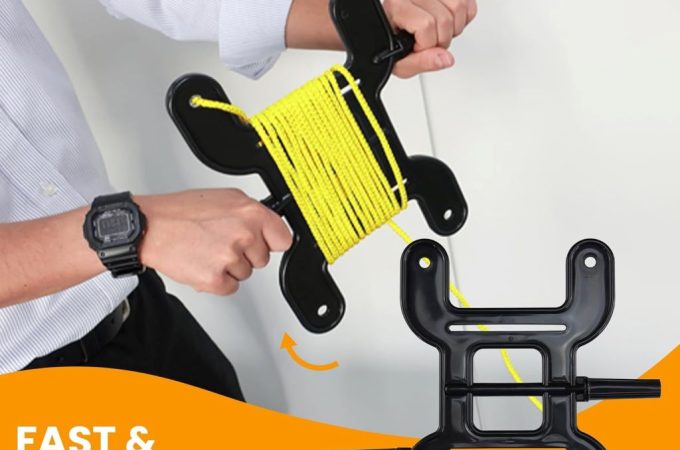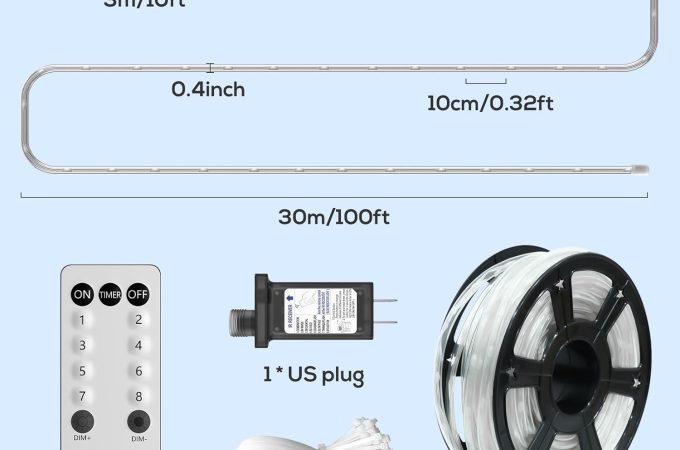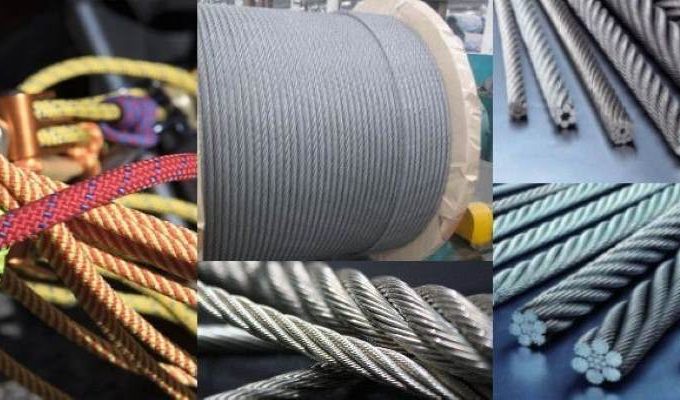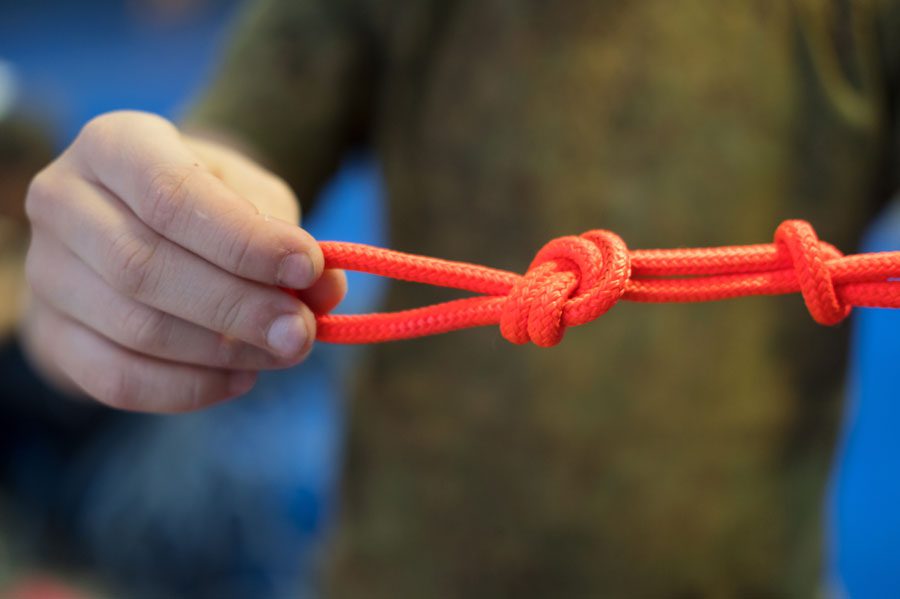
Tent Rope Knot Essentials: Master the Art of Camping
The tent rope knot secures shelters in outdoor settings. The taut-line hitch is a commonly used knot for this purpose.
Contents at a Glance
ToggleMastering the art of tying a reliable tent rope knot is essential for any camping or hiking enthusiast. The right knot can mean the difference between a sturdy, weather-resistant shelter and one that might collapse in the night. Taut-line hitch, known for its adjustable tension, ranks as a favorite among campers.
This knot allows for quick adjustments without the need to untie and retie the rope, ensuring that your tent remains taut and secure in various weather conditions. As outdoor adventures become increasingly popular, understanding the basics of tent setup and the knots that support it is crucial. Such knowledge not only enhances safety but also enriches the outdoor experience, allowing adventurers to face the elements with confidence.
Importance Of Proper Tent Rope Knots
Mastering tent rope knots is crucial for a stable and secure camping experience. Proper knots ensure your tent withstands unpredictable weather, enhancing outdoor safety and comfort.
Safety
Stability
Security
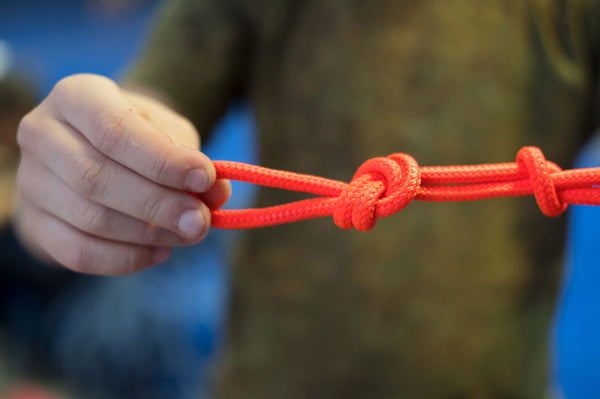
Credit: www.hammockuniverse.com
Commonly Used Tent Rope Knots
Mastering the art of tying tent rope knots is crucial for any camping trip. Explore essential knots like the bowline and taut-line hitch to secure your shelter against nature’s elements.
Square Knot
- Take the ends of two ropes and overlap them, like the first step of tying your shoelaces.
- Pass the right end over and under the left end.
- Now take what has become the left end, pass it over and under the right end.
- Pull both ends to tighten and secure the knot.
Taut Line Hitch
- Wrap the free end of your rope around an anchor point, like a tent peg.
- Bring the end back alongside the standing line, forming a loop next to the anchor.
- Wrap the end around the standing line inside the loop. Do this two times.
- Make another wrap outside the first loop.
- Pull the end while holding the standing line to tighten the knot against the anchor point.
Figure 8 Knot
- Make a small loop in the rope.
- Pass the free end of the rope through the loop.
- Wrap the end around the standing line and back down through the loop.
- Adjust and tighten the knot by pulling on the free end while holding the loop.
Factors Impacting Knot Selection
Selecting the right knot for securing your tent is crucial to ensure stability and durability. While there are numerous knots to choose from, not all knots are suitable for every situation. Proper knot selection is influenced by various elements, each affecting how effectively your tent rope will perform its duty. Below, we take an in-depth look at the vital factors contributing to this important decision.
Tent Type
The type of tent you are using will largely dictate the most suitable knots. Each tent style has specific requirements for tension and support, influencing your choice.
- Dome tents: Require knots that maintain equal tension.
- Tunnel tents: Best paired with adjustable knots for varying tension.
- Geodesic tents: Need robust knots due to their complex structure.
Weather Conditions
Weather conditions are another critical factor for knot selection. Your tent rope knots must withstand the challenges presented by the environment.
- Calm weather: Simple knots may suffice when the conditions are mild.
- Heavy winds: Stronger, more secure knots are necessary to maintain tent stability.
- Rain or snow: Use water-resistant knots that do not slip when wet.
Material Of Rope
The material composition of your tent rope can significantly affect the type of knot that will hold best. Different materials have unique properties that interact with knots.
| Rope Material | Knot Suitability |
|---|---|
| Nylon | Stretchable, requires tight, non-slipping knots. |
| Polypropylene | Slippery, needs knots that cinch well. |
| Hemp | Rugged texture, good for a wide range of knots. |
Step-by-step Guide To Tying Tent Rope Knots
Embarking on an outdoor adventure? Pitching a tent is a fundamental skill that can make or break your camping experience. But fear not, arm yourself with the ability to tie tent rope knots effectively with this comprehensive guide. Whether you’re a beginner or a seasoned camper, mastering these knots will ensure your tent stays secure, no matter what Mother Nature throws at it. So, here’s a step-by-step guide to tying the most reliable tent rope knots to enhance your outdoor experience.
Square Knot
- Take two rope ends and cross them over each other to form an “X”.
- Wrap one end over and under the other, pulling it tight to form the first half of the knot.
- Repeat the process with the other end, making sure to follow the same path to avoid forming a granny knot.
- Pull both ends to tighten, ensuring the knot is secure.
Taut Line Hitch
- Loop the rope around the stake and bring the end up alongside the standing line.
- Wrap the end around the standing line, creating two turns inside the loop.
- Bring the end back over the two turns you just made and then wrap it over the standing line again, this time outside the loop.
- Tighten the knot while sliding it up or down the standing line to adjust the tension.
Figure 8 Knot
- Make a loop by folding the rope back over itself.
- Pass the end of the rope through the loop, wrapping it around the standing line.
- Complete figure 8 by threading the end back through the initial loop.
- Pull both the end and the standing line to tighten the knot securely.
Advanced Techniques For Securing Tent Ropes
Master the art of securing your tent with advanced knotting techniques that ensure stability and safety. Discover the secrets to tying tent ropes effectively for a secure and hassle-free camping experience.
Adding Tension
- Loop the rope around the stake and bring it back parallel to the standing part of the line.
- Create a turn around the standing part by looping the free end over and around it.
- Repeat this process to create a second turn, making sure both are snug.
- Finish the knot by bringing the free end back around for a half hitch on the inside of the loops, and pull to tighten.
Utilizing Guyline Adjusters
- Attach the guyline adjuster to your rope.
- Slide it to the desired position to increase or decrease tension.
- Lock it in place to maintain the tension throughout your campout.
Using Additional Anchors
- Deadman Anchor: Bury a bag of rocks or a piece of wood perpendicular to the rope’s direction for a natural, sturdy anchor point.
- Snow Stakes or Ice Screws: Use these special stakes for anchoring in wintry conditions.
- Weighted Anchors: In the absence of stackable ground, use weighted bags or gear to support your guy lines.
Frequently Asked Questions On Tent Rope Knot
What Is The Best Knot For Tying Down A Tent?
The best knot for securing a tent is the taut-line hitch, as it allows for adjustable tension while remaining sturdy.
How Do You Tie A Rope To A Tent Stake?
Thread the rope through the hole in the tent stake. Pull a loop of rope back through itself to create a hitch. Tighten the hitch against the stake, securing it firmly. Your tent stake is now properly tied and should hold well.
What Is The Most Secure Rope Knot?
The Bowline knot is renowned for its strength and security. Often used by climbers and sailors, it is a reliable choice for safety-critical applications.
What Knots Using Rope That Holds A Tent Secure To The Ground?
The tent stakes are typically secured using guyline knots, such as the bowline, taut-line hitch, or stakes hitch. These knots ensure the tent remains stable and anchored firmly to the ground.
Conclusion
Mastering tent rope knots enhances your camping experiences, ensuring safety and efficiency. Remember, practice leads to perfection. Embrace these knot-tying techniques before your next adventure for optimal tent stability. Discover more tips and outdoor hacks on our blog to elevate your wilderness ventures.
Happy camping and knot-tying!

